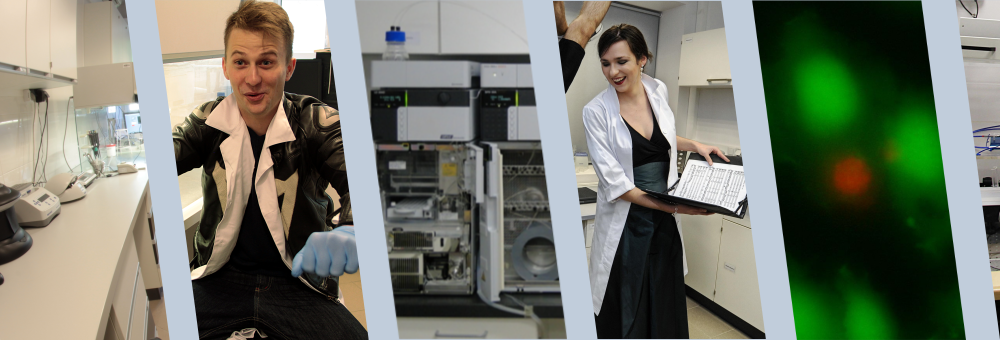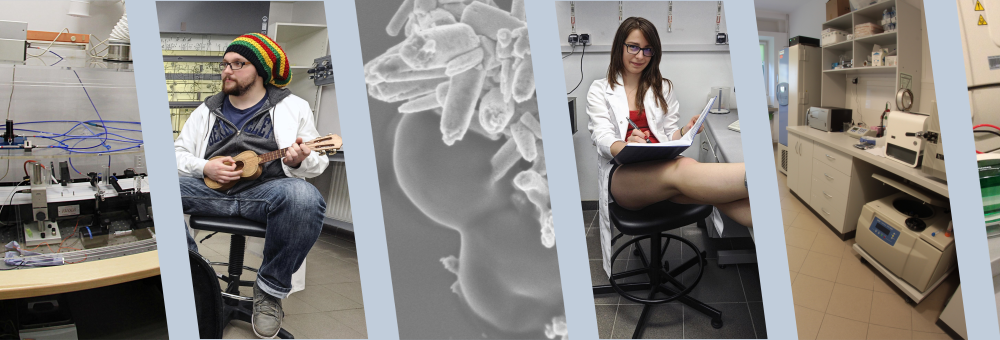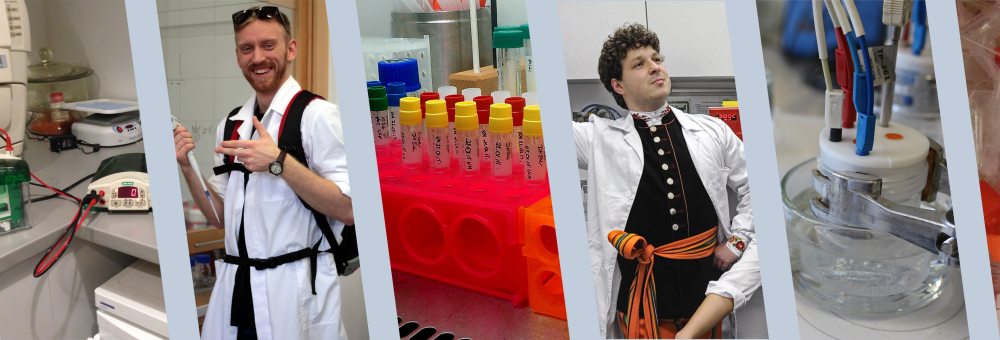Publication
Micro- and macro-shear viscosity in dispersed lamellar phases
Author(s): Szymanski, Jedrez and Wilk, Agnieszka and Holyst, Robert and Roberts, Geraint and Sinclair, Kirsty and Kowalski, Adam
Title: Micro- and macro-shear viscosity in dispersed lamellar phases
Abstract: Surfactant phases, such as dispersed lamellar gels, are extremely useful commercial products because they are very weight-effective at viscosity. An enduring challenge is to determine the features responsible for the bulk rheology so that we design products with improved performance. The samples described have very different theological profiles as exemplified by an difference in their zero-shear-rate viscosity, and viscosities which differ by half an order of As a first approximation we consider the dispersed lamellar to be analogous to a high-intemal-phase-volume emulsion which is by the well-known Kreiger-Dougherty equation. This requires us establish the value of a number of parameters of which the continuous viscosity is the one that defines the baseline viscosity. We this in situ by a micro-viscosity technique involving Correlation Spectroscopy using microscopic probes: viz. a dye molecule (rhodamine) of size 0.85 nm; a lyzozyme protein 2 nm size and a quantum dot of 12.5 nm size. We show that the phase has a viscosity about twice that of water. Moreover, viscosity is the same for the all three probes indicating that the is quite uniform at the microscopic level investigated. this micro-viscosity was practically the same for all the and thus could not be correlated with zero-shear-rate viscosity other theological characteristics. We conclude that the arises from structures much larger than 25 nm (twice the diameter of the quantum dot). Our future intention is to larger probes to establish the length-scale at which the begins to be apparent in the bulk rheology characteristics. (c) 2007 Elsevier B.V. All rights reserved.
Pages: 134-140
Journal: JOURNAL OF NON-NEWTONIAN FLUID MECHANICS
Volume: 148
ID: ISI:000253186400016
Year: 2008
DOI: 10.1016/j.jnnfm.2007.04.008









